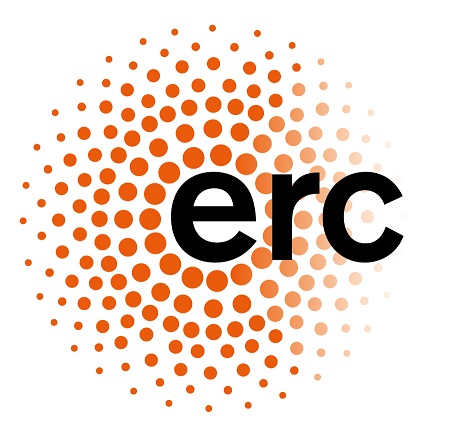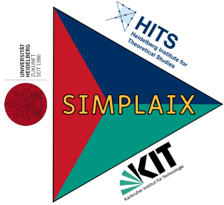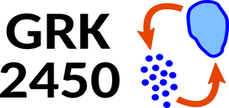Molecular Biomechanics (MBM)
Note: MBM Group Leader Frauke Gräter was appointed Director at the Max Planck Institute for Polymer Research (MPIP) in 2024 and left HITS at the end of that year. Her new department at the MPIP has the same name – Molecular Biomechanics: https://www.mpip-mainz.mpg.de/en/graeter. Gräter and her department still collaborate closely with HITS researchers, especially with the MLI group led by Jan Stühmer.
Proteins are exposed to and tightly regulated by mechanical forces, altering their dynamics, reactivity, and function. The major interest of the Molecular Biomechanics group is to decipher how proteins have been designed to specifically respond to mechanical forces in the cellular environment or outside of the cell. Our aim is to discover new molecular force sensors of living organisms, and to decipher their inner workings. Our research focuses on protein materials, mechanoenzymes, and disordered proteins, with recent examples including collagen, the von Willebrand factor, and Focal Adhesion Kinase.
We use Molecular Dynamics simulations, Force Distribution Analysis, Finite Element Analysis, and other computational techniques to study protein dynamics and mechanics on different length and time scales. Our aim is to provide a conclusive answer to the question of how mechanical forces influence living organisms at the level of individual molecules.
The Molecular Biomechanics group is a highly interdisciplinary group comprising physicists, chemists, and biologists. We make use and further develop various computational and theoretical techniques, among others Molecular Dynamics simulations, Monte Carlo techniques, quantum chemistry, machine learning, and bioinformatics approaches.
More recently, we have also embarked on biophysical and biochemical experiments to validate our computational predictions. We have recently set up a new state-of-the art laboratory at the Centre for Advanced Materials (CAM) in Heidelberg hosting a brand-new electron-paramagnetic resonance (EPR) spectrometer and access to other CAM facilities. For virtually all of the projects, we also extensively collaborate with experimental research labs world-wide.
We acknowledge generous funding from a number of funding bodies and are grateful to be involved in various research networks and graduate schools:






